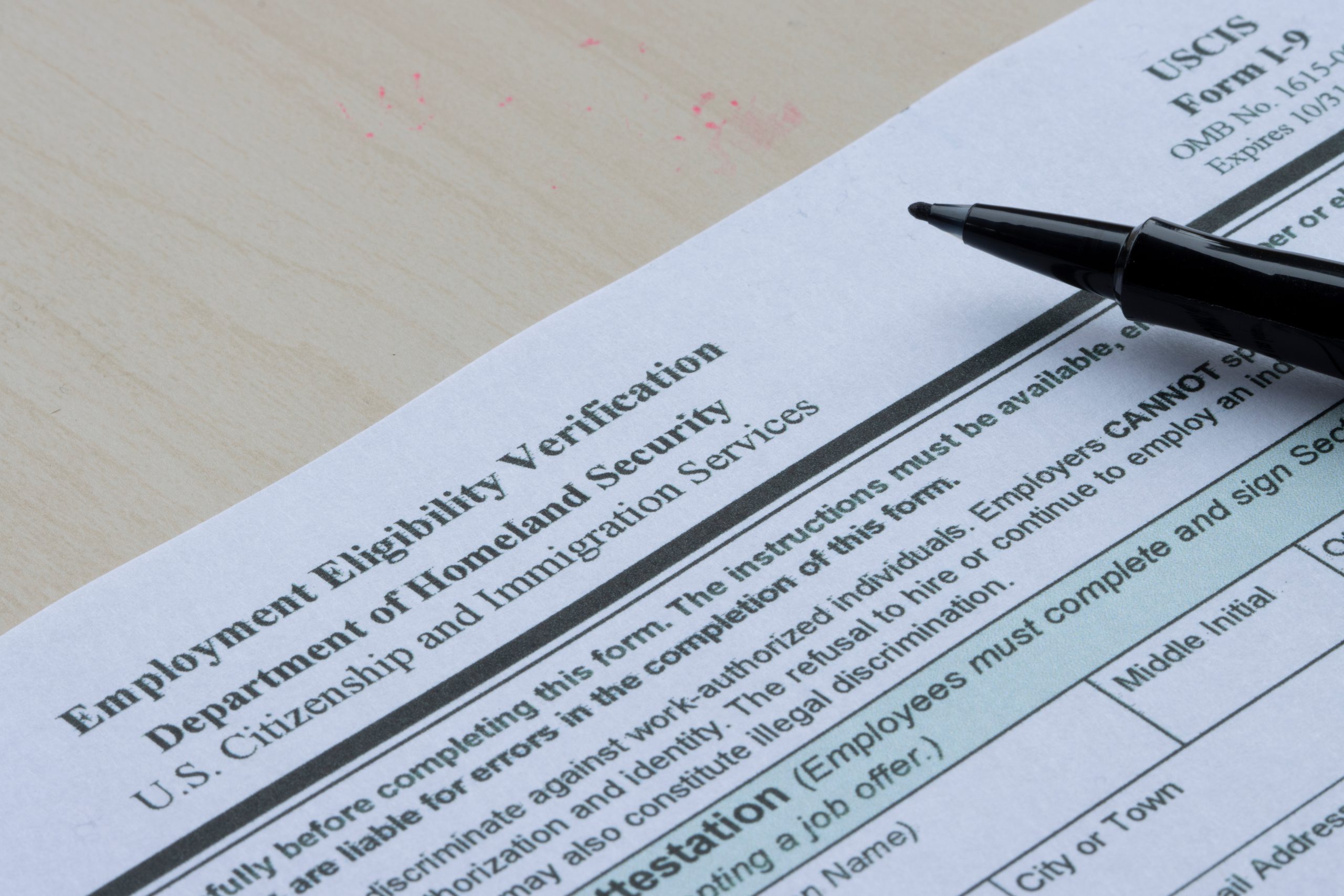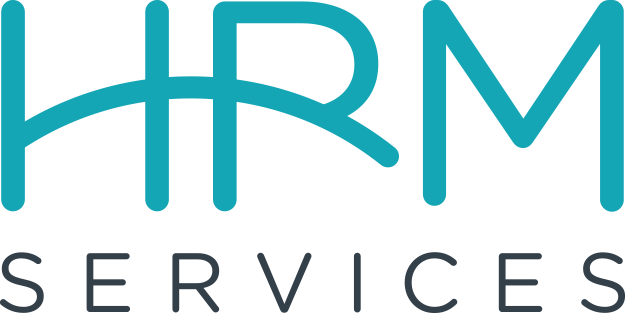
Welcome to October’s edition of HR Hot Topics!
This month’s topic comes to us courtesy of someone I had in an audience recently. I was giving a presentation about all things HR – what’s on the horizon and what everyone needs to be paying attention to. And I just casually mention that the I-9 form will be expiring on the 31st of October, and to make sure that you’re pulling the newest form off the USCIS.gov website for any new hires you have going forward. I look out in the audience and this one gentleman has a very confused look on his face. It was obviously kind of a casual environment.
And I say, “Sir, do you have a question on the I-9?” And he goes, “Yeah, what’s an I-9?” I thought, oh dear, you know. This is somebody who owns his own business, had been in business for years, had never heard of an I-9, certainly had not completed I-9s for any of his current staff, let alone any former employees. So, I thought it was a good reminder to talk about this form with all of you today and explain a little bit more about what the I-9 is, but also some of the recent changes that have happened with the I-9.
First and foremost, the I-9 is a document that every employer has to complete with each new employee, regardless of your size and regardless of the employee’s status, meaning full-time, part-time, seasonal. If they are a W-2 employee on your payroll, then you need to have a completed I-9 on file for them.
The I-9 just verifies eligibility for that person to work lawfully in the United States. There are a handful of documents employees can produce, and you as the employer should physically inspect those documents to the best of your ability. You’ll write down on this specific form what document the employee showed you, and put it in the appropriate column. The form has directions so you’re not guessing. Then you’ll sign and date when you completed this form, and you’re supposed to have it completed within three days of hire. That’s one of the areas where employers often make mistakes. They might know they have to complete the form, but the employee forgot to bring one of the pieces of documentation. So you say, that’s fine, bring it tomorrow. They forget tomorrow, they forget next week. And before you know it, a week or two has passed.
Then, you realize you have this incomplete I-9 on your desk, and you’ve missed that window of within three days of hire. So do your best to complete these thoroughly. But don’t post date or back date your I-9 forms. If you were ever to be audited, the fines for an incomplete form or a form with errors on it can range from a hundred dollars to $1,100 per form. So, you know, times that by however many employees you have and those fines can rack up pretty significantly. You want to make sure that you’re not trying to pull the wool over an auditor’s eyes and make it look like you did something you didn’t. It happens sometimes that you’ll make mistakes on the form, and if you do, cross through the mistake, do not white it out.
Also, don’t use correction tape. Okay? Again, you don’t want it to appear as though you’re trying to hide something. Just cross out the mistake. You write in what the information should be, and then you date and initial it, right? That’s how you fix those errors. So the I-9 forms that we’ve been using for a couple of years now, there’s a date in the upper right hand corner, and it’s set to expire the end of October this year. So you’ll have to make sure you go to the website, USCIS.gov, pull the newest form down so that you’re using the most recent form. That’s one of the places where an auditor will often trip an employer up, right? You’ve got the wrong date on the form – so, pull the most recent form. There has been some chatter I’ve been following. This hasn’t been talked about much, but it appears that the new form may be streamlined. It may look slightly different than the form you’re used to using. The effort is to make it easier to complete. We’ll see if that’s true. I feel like the government never makes things easy for us.
But one of the questions that I got from this gentleman after I sort of explained what the I-9 is and how to complete it, when to complete it, etc. He said, “Okay, well, where do I send it?” And I get that a lot. You don’t actually send this form anywhere, you just hang on to it. And if you were ever audited, then you could produce it, right? So for record keeping, and from a record keeping perspective, my recommendation is that you keep all your I-9s together in one folder or one binder, or if you’re scanning them and you’re completing them digitally, that’s fine too. But you’ll want to keep them together because if you were ever audited and they want to see your I-9s, you only want to show them the documents they’re asking for.
If you keep them in personnel files, then you give the auditor all of your personnel files, they’re going to look at your I-9s and everything else in the personnel file, which you don’t want. So keep them together, hang on to them, okay? And then you need to hold onto those. If the employee separates employment with you, you can shred the I-9 either a year after the date of termination or three years from date of higher. If they weren’t with you very long, you might end up keeping these for three years. So whichever is later – the year after date of separation or three years after date of hire, and then you can get rid of those I-9 for folks that no longer work with you. But otherwise, the folks that are still on your payroll, even if they’re there for 10, 20 years, you’re hanging onto that document for that long.
Okay? So now’s a good time to just take a look at all of your I-9s for your current employees, make sure they’re filled out completely and accurately. If there are any errors that you see, cross through it and make the change initial date.
The other piece I want to touch on that’s happening with the I-9 is that employers were required to physically examine the actual documents as part of this I-9 process. So copies of documents didn’t count. And that was all well and good. I mean, it had its challenges, but Covid really turned that upside down because we were forced to work remotely. So the Department of Homeland Security during Covid said employers could actually examine those documents virtually, either through web conferencing or faxed copies or whatever, right?
So they loosened the rules around that, and those rules have been extended through the end of this month. So through the end of October, employers are still allowed to examine these documents virtually if your workforce is primarily remote. But after the end of this month, we’re not sure what they’re going to do with that rule. That’s a wait and see.
So with that, I’ll leave you. In November we’ll be back. Depending on the timing of the November episode, we may talk about some valid initiatives that are happening in Michigan. I mean, maybe there’s something really compelling that happens between now and then. You never can tell. And that’s why you tune into our videos. If you have any questions, you can reach me directly at jodischafer@workwithhrm.com.

